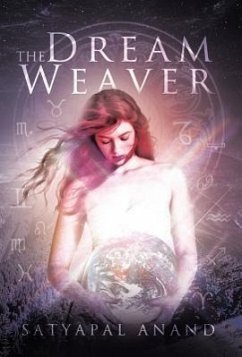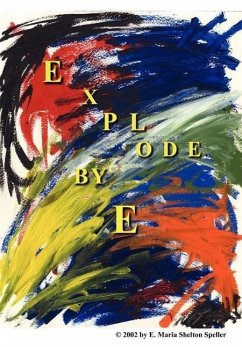
Sunset Strands
Versandkostenfrei!
Versandfertig in über 4 Wochen
20,99 €
inkl. MwSt.
Weitere Ausgaben:

PAYBACK Punkte
10 °P sammeln!
Satyapal Anand's poetry is cerebral rather than emotional. It reveals a many-splendored splash of color and sound. He is an imagist in the sense that his images appeal to all our senses, and we feel that what we read is a poem but what we see is a multidimensional picture. Satyapal Anand excels his fellow contemporary poets insofar as his symbolism is nearer to the collective unconscious mind of the race as a whole. In this mythology, classical literature and multiple dimensions of religious experience play a great part. This book has no fewer than seventy poems. There is no unrelieved romanti...
Satyapal Anand's poetry is cerebral rather than emotional. It reveals a many-splendored splash of color and sound. He is an imagist in the sense that his images appeal to all our senses, and we feel that what we read is a poem but what we see is a multidimensional picture. Satyapal Anand excels his fellow contemporary poets insofar as his symbolism is nearer to the collective unconscious mind of the race as a whole. In this mythology, classical literature and multiple dimensions of religious experience play a great part. This book has no fewer than seventy poems. There is no unrelieved romanticism, no unhealthy self-pity, no wallowing in the luxury of grief, but there is experience that gives rise to ideas and feelings and their healthy amalgam. Anand's art consists in isolating a single experience as a unit shorn of its dross and outer embellishments and then subject it to a poetic inquiry. For example, two of his poems find photogenic correspondence between progenitive sex in human beings and in flora and fauna, one happening in the bedroom and the other in the garden outside. This privity of reproductive process in such a tender poetic expression is unmatched in poetry. An important package is of trans-creations, or "creative translations," of the poet's own work in other Eastern languages. Satyapal Anand uses poetic devices like alliteration, the parallelism of "low tones" and "slow stroke," or rhymes that are enjambed to escape the suffocating atmosphere of close lines. However, the devices he uses show cerebration, cleverness, and control of the finest order.












